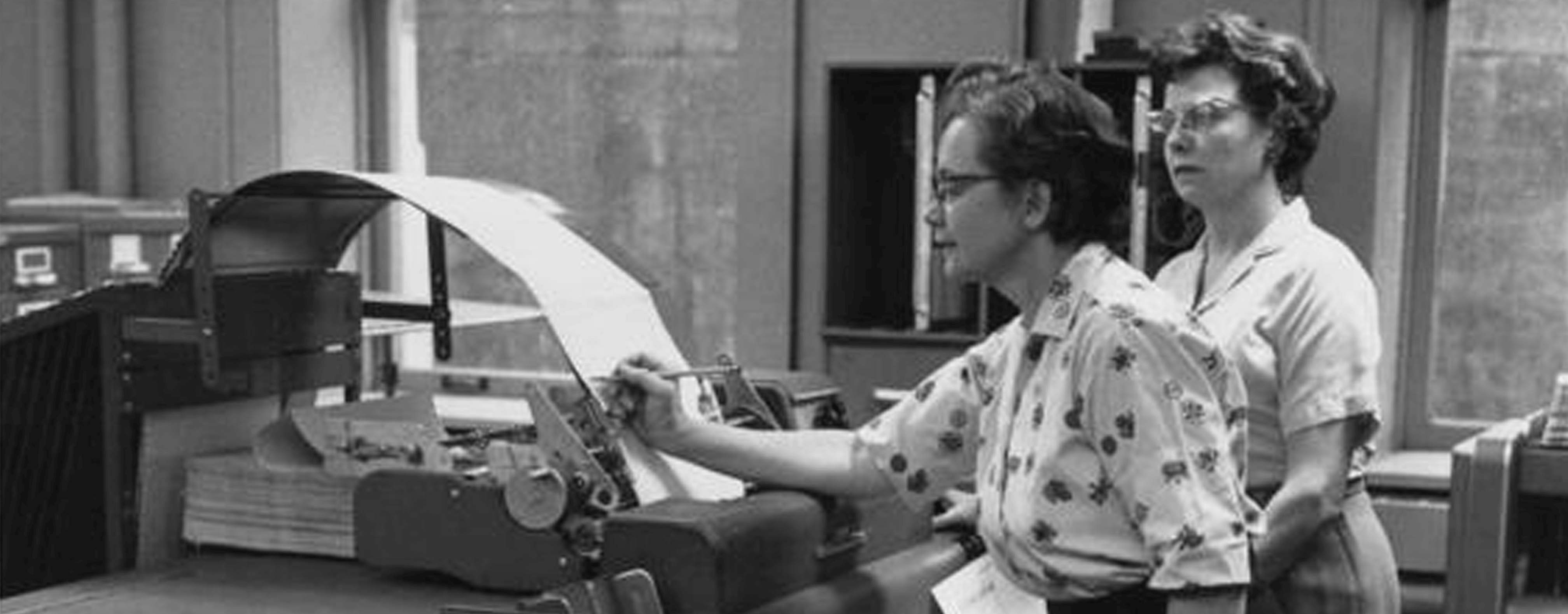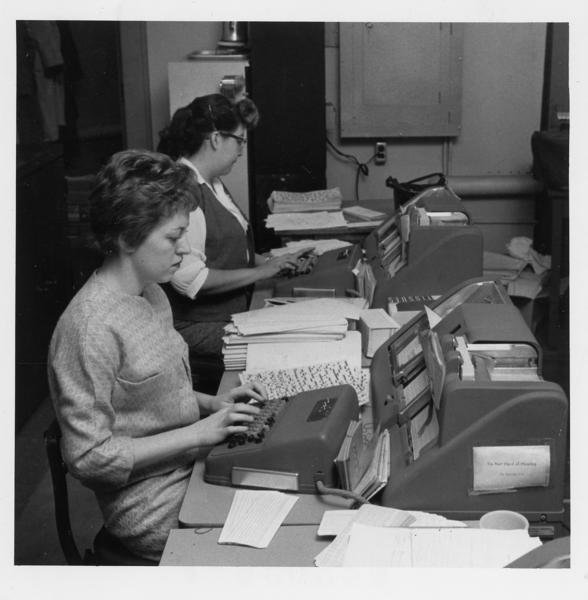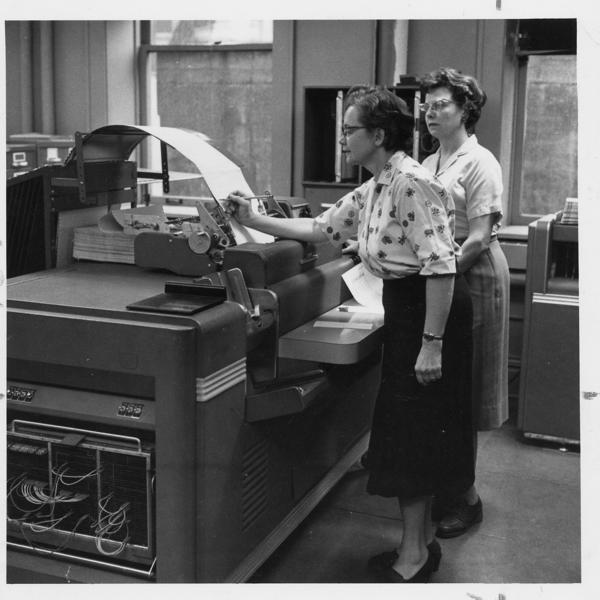- About OMS
- About Us
- Meet Our Team
- Our History
Our History

The Office of Measurement Services (OMS) arose through a natural expansion of assessment offerings initiated by the Minnesota Statewide Testing Program (MSTP). MSTP was founded in 1928 as a program of the Association of Minnesota Colleges. Operated by the University of Minnesota, the Associations’ goal was to administer college aptitude tests to seniors in Minnesota high schools for use in post-secondary education. The program continued to administer a scholastic aptitude test to virtually all Minnesota high school seniors (juniors after 1952) until 1989. Today, MSTP still exists as a unit within OMS and continues to provide assessment services for public, private, charter, and homeschools across the state.

The Office of Measurement Services was established to provide educational measurement and testing services to University instructors. The technology used to process MSTP assessments was put to use scoring course exams. Custom report programs were developed to assist instructors with grading and item writing, all of which has been a cornerstone of OMS services for decades.
Through the years OMS expanded its portfolio by administering scannable paper and online Student Rating of Teaching services for the University of Minnesota system. OMS also expanded into survey research and in 2010 centralized survey research units on the Twin Cities campus by taking on the Health Science Research Center and the Minnesota Center for Survey Research, which focused on public opinion research.

Today, OMS specializes in quantitative and qualitative data collection, testing, processing, analysis, evaluation, and reporting. As a part of Institutional Analysis, we support UMN administrative efforts to inform decisions pertaining to survey governance and strategic planning. We are proud to assist University of Minnesota units with designing and implementing research projects of all sizes in the areas of health science, student experience, program evaluation, institutional effectiveness, and public opinion. We also work closely with government agencies, non-profits, research consortia, companies, and organizations external to the U of M.